Brake Replacement Guide – When to Replace, How It Works & Cost Tips
Feeling a shudder when you hit the brakes? That squeak at low speeds? Those are classic signs your brake system needs attention. Replacing brakes isn’t a mystery – it’s a straightforward job if you know what to look for and when to act.
First, check the brake pads. Most pads wear out after 30,000‑70,000 miles, but driving style, load, and road conditions can change that. If the pad thickness is less than 3 mm, you’ll start hearing a metallic squeal. That noise is the wear indicator – a small metal tab that scrapes the rotor to warn you. Ignoring it can damage the rotors, leading to costlier repairs.
How to Spot Brake Problems Early
Besides pad wear, watch for these clues:
- Vibrations when braking – often a sign of warped rotors.
- Longer stopping distances – the obvious safety risk.
- Brake fluid leaks under the car – could mean a seal problem.
- Spongy pedal – the hydraulic system may have air or low fluid.
Spotting any of these early saves you from emergency stops at a garage and keeps your car safe on the road.
What Happens During a Brake Replacement
When you bring your car to Northwich Tyres Centre, the technicians follow a simple, proven process:
- Inspection – They measure pad thickness, check rotor condition, and test the brake fluid.
- Removal – Old pads and, if needed, rotors are taken off. This step takes about 15‑20 minutes per wheel.
- Installation – New pads are fitted, and rotors are resurfaced or replaced if they’re scored or warped.
- Bleeding – The system is bled to remove air bubbles, ensuring a firm pedal feel.
- Test drive – A quick drive confirms everything works correctly and there’s no pull to one side.
The whole service typically takes 1‑2 hours, depending on whether you need new rotors. You’ll leave with a smoother, safer braking feel and a clear invoice.
Cost-wise, a standard brake pad swap for a family hatchback runs between £120‑£200, including labor. If you need rotors, add £80‑£150 per axle. Northwich Tyres Centre offers price‑matched quotes and can advise whether a full rotor replacement is worth it based on wear patterns.
Some drivers wonder if they can replace only the rear pads, especially on a front‑heavy car. The short answer: you can, but it’s best to replace pads in pairs (both front or both rear). Uneven wear can cause the car to pull to one side, increasing stopping distance. Our techs will check wear on all four wheels and recommend the safest combo.
DIY‑ers often ask if they need special tools. A basic set includes a jack, lug wrench, socket set, and a C‑clamp or brake caliper tool to compress the pistons. If you’re not comfortable working with hydraulic systems, a mistake can lead to air in the lines, which feels spongy and reduces braking power. That’s why many choose a trusted local centre for the job.
Finally, keep your brakes in top shape with regular checks. A quick visual inspection every 6 months, combined with a professional service at least once a year, will catch wear before it becomes a safety issue. And remember, the cheapest pads aren’t always the best – quality alloy pads provide longer life and better heat dissipation.
Ready to book a brake replacement? Give Northwich Tyres Centre a call or drop by. Our friendly team will walk you through the process, answer any questions, and get you back on the road with confidence.
 17 January 2025
17 January 2025
Signs Your Brake Pads Need Replacement: A Comprehensive Guide
Curious whether your vehicle's brake pads require replacing? This article delves into signs indicating brake pads need attention, from unusual sounds to changes in vehicle behavior. Discover how long brake pads typically last, factors influencing their lifespan, and tips to maintain optimal brake performance. Stay safe on the road by learning when it's time for a change.

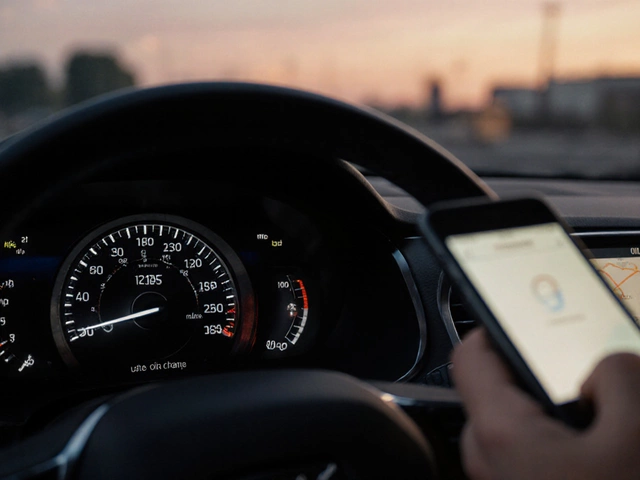
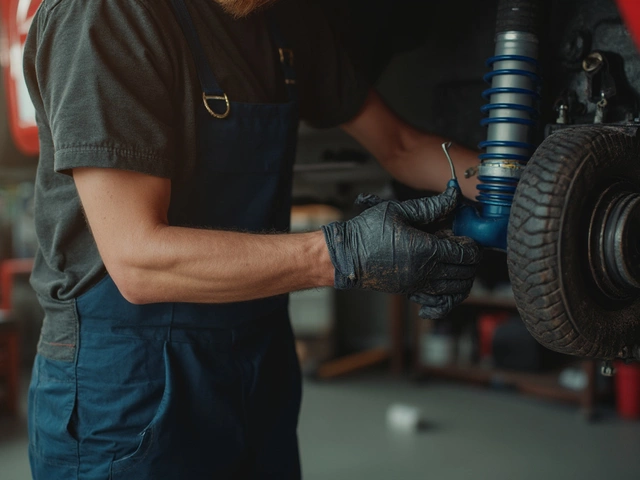
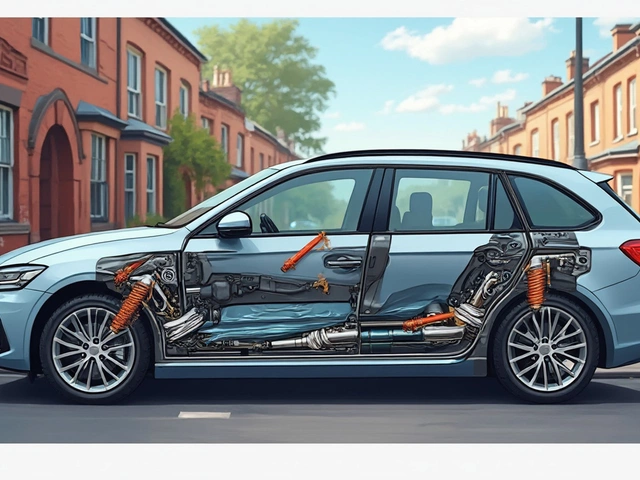
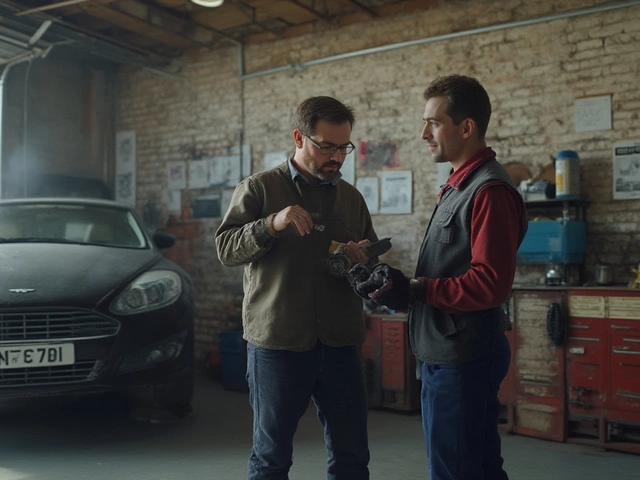
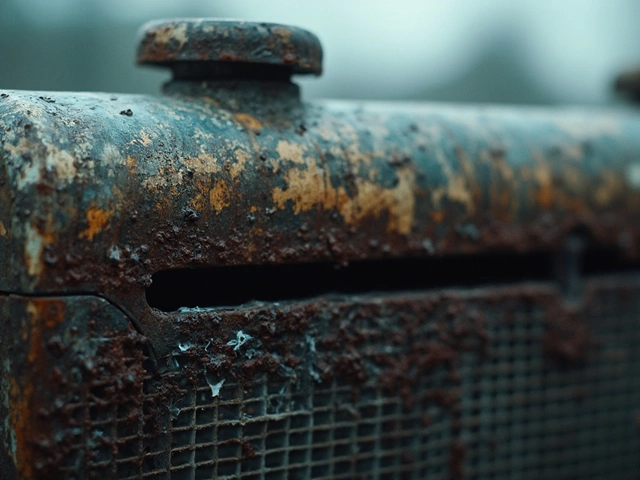
0